Building materials for today and tomorrow

Today's building materials must leave nothing to be desired in terms of efficiency, processing safety and performance. Building materials for tomorrow also take into account the concept of sustainability. The new Sievert Green Line reconciles short- and long-term requirements and is our seal of approval for building materials for today and tomorrow.
The question of whether a building material is sustainable is not easy to answer with a yes or no. Therefore, we have developed an evaluation scheme with nine criteria that pay attention to the sustainability of a product. On this basis, products were identified that already set standards in terms of performance and sustainability - the Sievert Green Line. In addition, we are now in a position to systematically identify potential for improvement in order to further develop our products and thus offer an ever-growing sustainable product portfolio in the future.
It is our ambition to make the construction industry more sustainable and to achieve climate neutrality by 2030. With the Sievert Green Line, we are putting this claim into practice. We show transparently where we stand and which path lies ahead of us in order to offer a 100% generation-friendly building experience in the future.
Products are included in the Sievert Green Line on the basis of these criteria:
Recycle-ready recipes
The construction sector is responsible for the majority of all CO2 emissions and a third of the waste generated in Europe. A paradigm shift is needed: away from the linear economy to the circular economy.
Products that are prepared for single-variety recycling because they are either purely mineral, single-variety degradable and/or biodegradable are positively assessed against this background in our Sustainability Guide.
Reusable packaging
Products that contribute to the avoidance of packaging material. This is possible either through the use of unmixed packaging or reusable packaging in general.
Currently, this primarily refers to our silo goods. This also explains why loose goods always have a more positive rating in direct comparison to their sack counterparts.
Healthy living
Indoor health is a topic that is becoming increasingly important. It refers to the quality of air, materials and the general indoor climate in living spaces. These have a direct influence on the health and well-being of the occupants.
We therefore have a large number of our products tested and certified by independent institutes.
You can find more information on the topic here.
CO2-reduced binders
Almost all of our products contain cement as a binding agent, which means that we have a high CO2 input into our products. But why is cement production so CO2-intensive?
Two processes are primarily responsible for this: on the one hand, the heating of the rotary kiln in which the cement clinker is produced, and on the other hand, the chemical process in the deacidification of limestone, which is responsible for around 60% of the emission.
We therefore positively assess products that contain CO2-reduced binders (e.g. cement-reduced or cement-free binders), so that lower amounts of CO2 are emitted during production.
These include, for example, products with SECON® binder technology.
Use of recycled materials
This criterion covers products in which secondary raw materials are used as a substitute or partial substitute for primary raw materials, e.g. by using recycled concrete as an aggregate instead of sand and gravel from primary excavation in quarries.
Did you know, for example, that our akurit SK light consists of 9 % recycled raw materials?
Renewable raw materials
This category includes products that contain raw materials that are not irretrievably lost through their use, i.e. that grow again, such as wood, straw, hemp and clay.
In the case of the Sievert Green Line, building chemical products in particular have been rated well in this category, where the poliols contained are made from vegetable oils and not conventionally from mineral oil.
Resistance
In very simplified terms, it can be said that it is always more sustainable to maintain a building, e.g. by renovating it, rather than demolishing it and constructing a new one.
The reason for this is the so-called grey energy, i.e. the primary energy that is necessary to construct a building. This includes energy for extracting materials, for manufacturing and processing building components, for transporting people, machines, building components and materials to the construction site, for installing building components in the building and for disposal.
We therefore positively assess products that protect buildings from demolition, whether through refurbishment or protection during new construction, from a sustainability point of view.
Resource-efficient use
Products that contribute to lower CO2 emissions through lower material consumption per m2 (i.e. high yield), as the products can be used more efficiently. In addition, fewer freight journeys or lighter loads are required for these products.
Eco-enabler
By the term "eco-enabler" we mean products that have a sustainable effect when installed, for example by helping to reduce the energy consumption of buildings.
This applies primarily to insulation materials, but thermal insulation plasters can also be positively evaluated from this point of view.
Our Green Line products
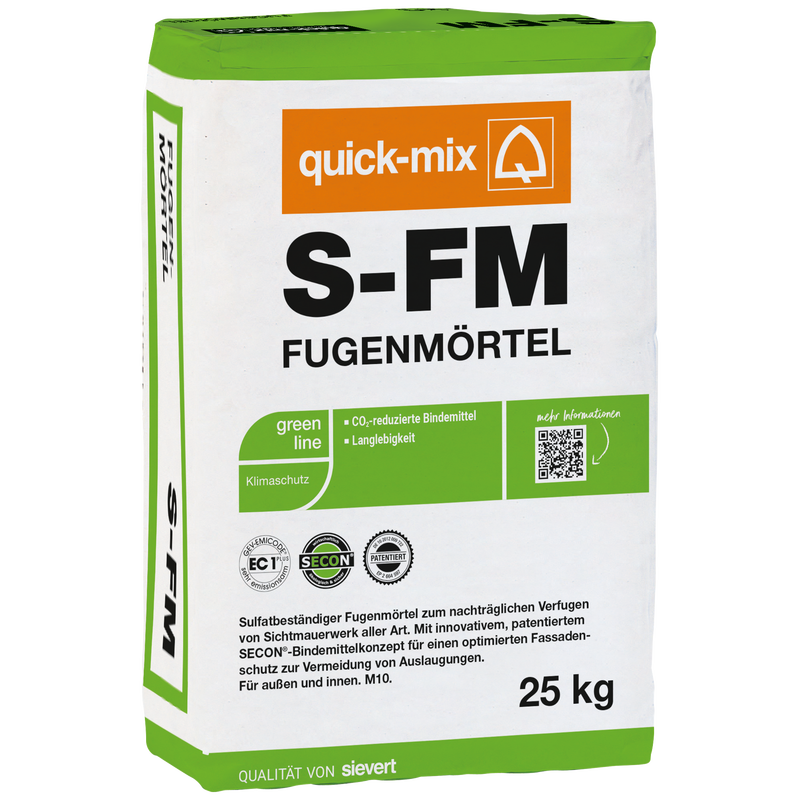
quick-mix S-FM
Joint mortar
Bag
Sulphate-resistant grout with SECON® binder concept to prevent leaching
- Reduced CO2 emissions
- Easily recyclable
- Extends the building life cycle
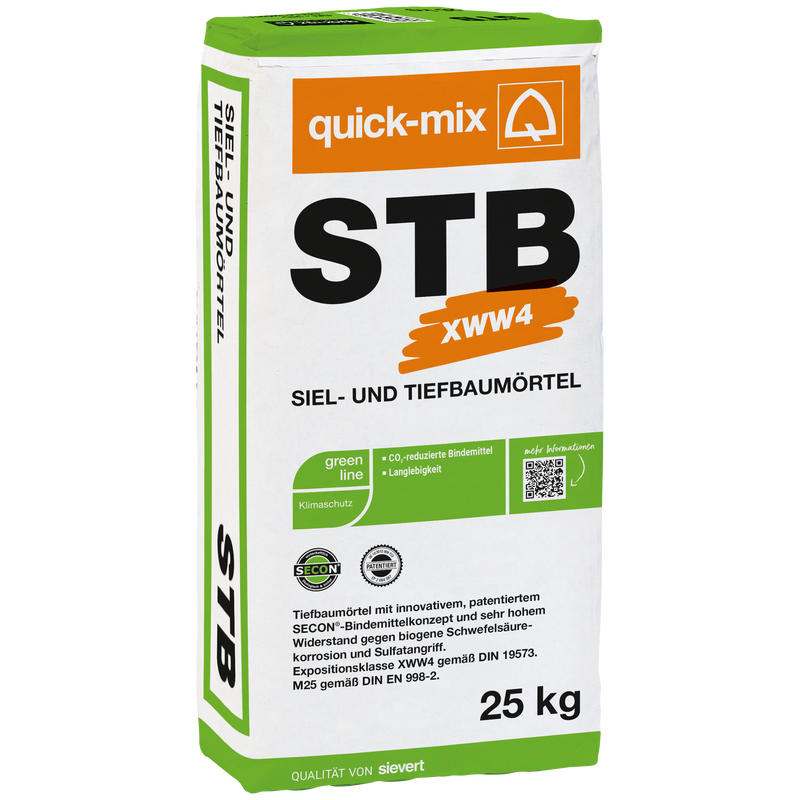
quick-mix STB Screening and civil engineering mortar XWW4
Bag and loose goods
Civil engineering mortar with patented SECON® binder concept and very high resistance to biogenic sulphuric acid corrosion and sulphate attack.
- Reduced CO2 emissions
- Easily recyclable
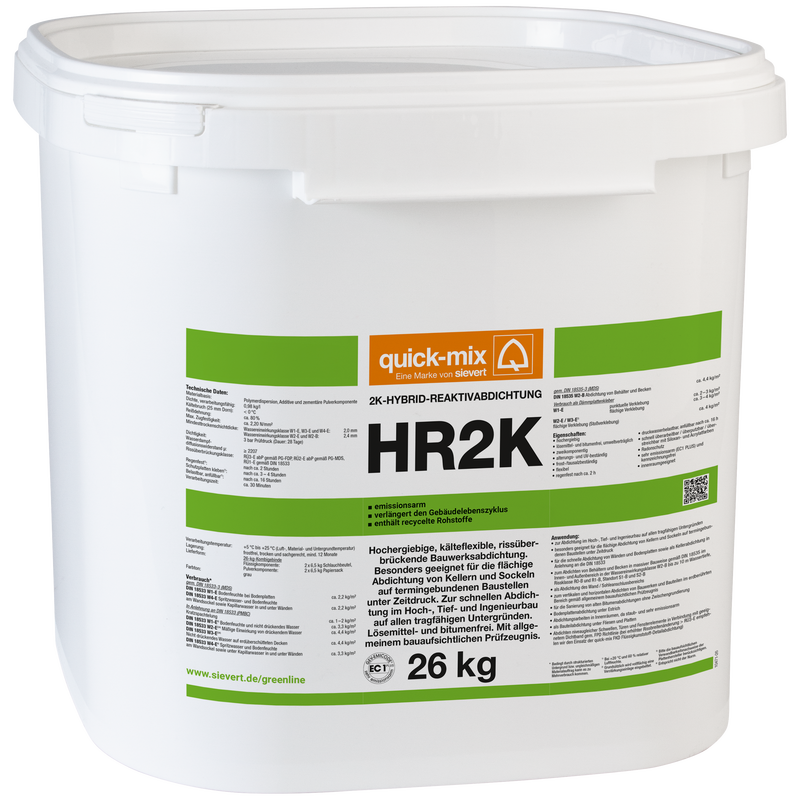
quick-mix HR2K 2K-Hybrid reactive seal
Bucket
2-component, high-yield hybrid sealant
- Low emission
- Extends building life cycle
- Contains recycled raw materials
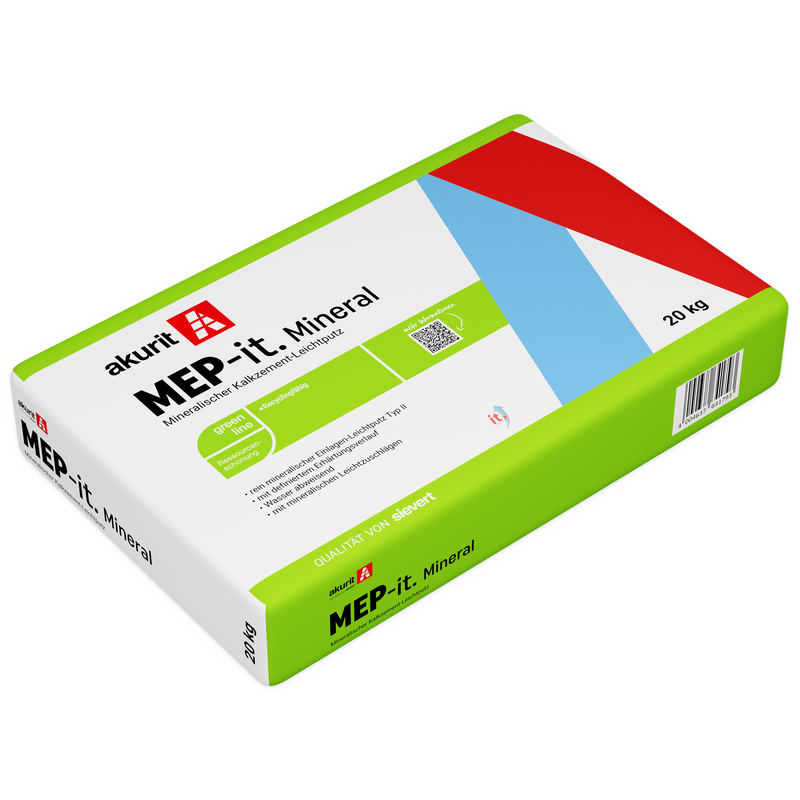
akurit MEP-it. Mineral
Bag and loose goods
Mineral single-layer lightweight plaster type II without EPS
- Yield
- Easily recyclable
- Low emission

akurit TRI-O-THERM
Bag and loose goods
Mineral lightweight plaster with high thermal insulating properties
- Yield
- Easily recyclable
- Low emission
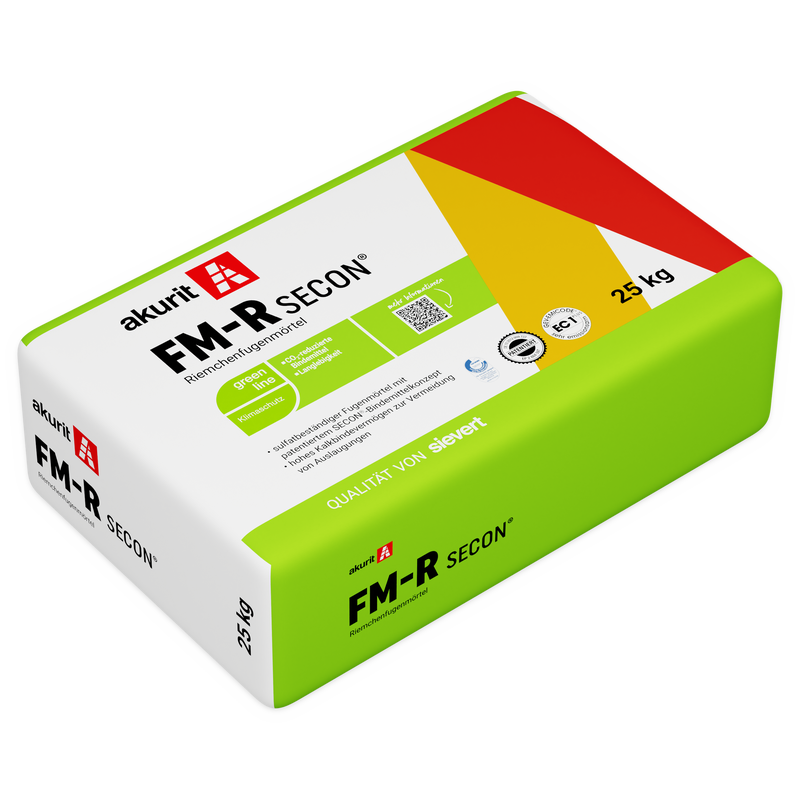
akurit FM-R Secon® Slip joint mortar
Bag
Sulphate-resistant slip joint mortar with SECON® binder concept
- Reduced CO2 emissions
- Easily recyclable
- Extends the building life cycle
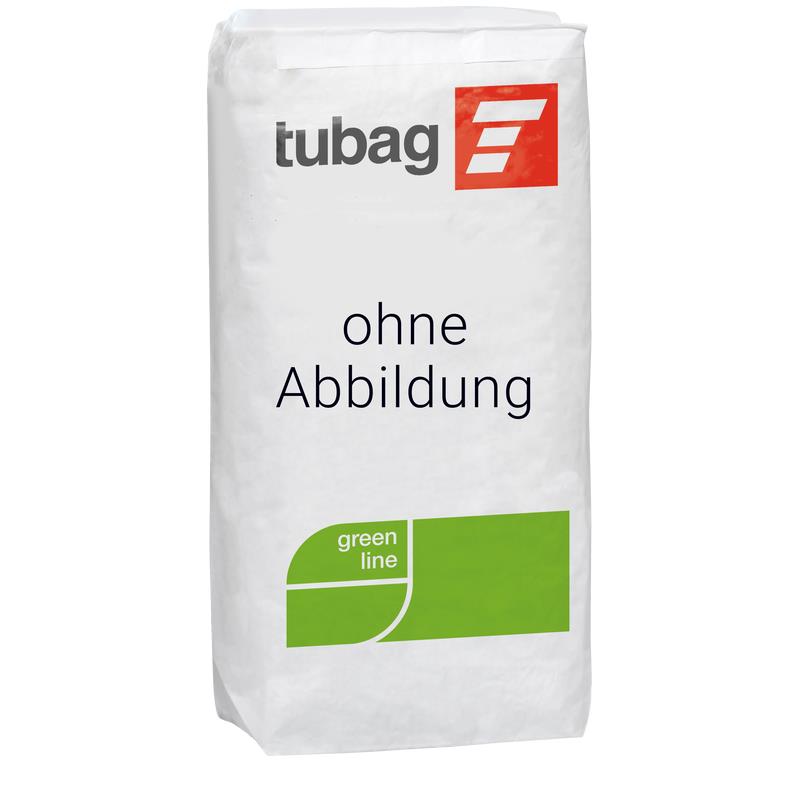
tubag HSP Base plaster
Bag
Sulphate-resistant base plaster for gypsum-containing masonry
- Reduced CO2 emissions
- Easily recyclable
- Extends the building life cycle

tubag FLP-L Lime plaster with light aggregates
Bag and loose goods
Cement-free base and restoration plaster with high yield
- Reduced CO2 emissions
- Easily recyclable
- Extends the life cycle of buildings

hahne HADALAN PUR Floor-E &
hahne HADALAN PUR Floor-H
Bucket
Elastic (Foor-E) and hard (Floor-H) polyurethane flow coating
- Made from renewable raw materials
- Low emission
- Extends the building life cycle
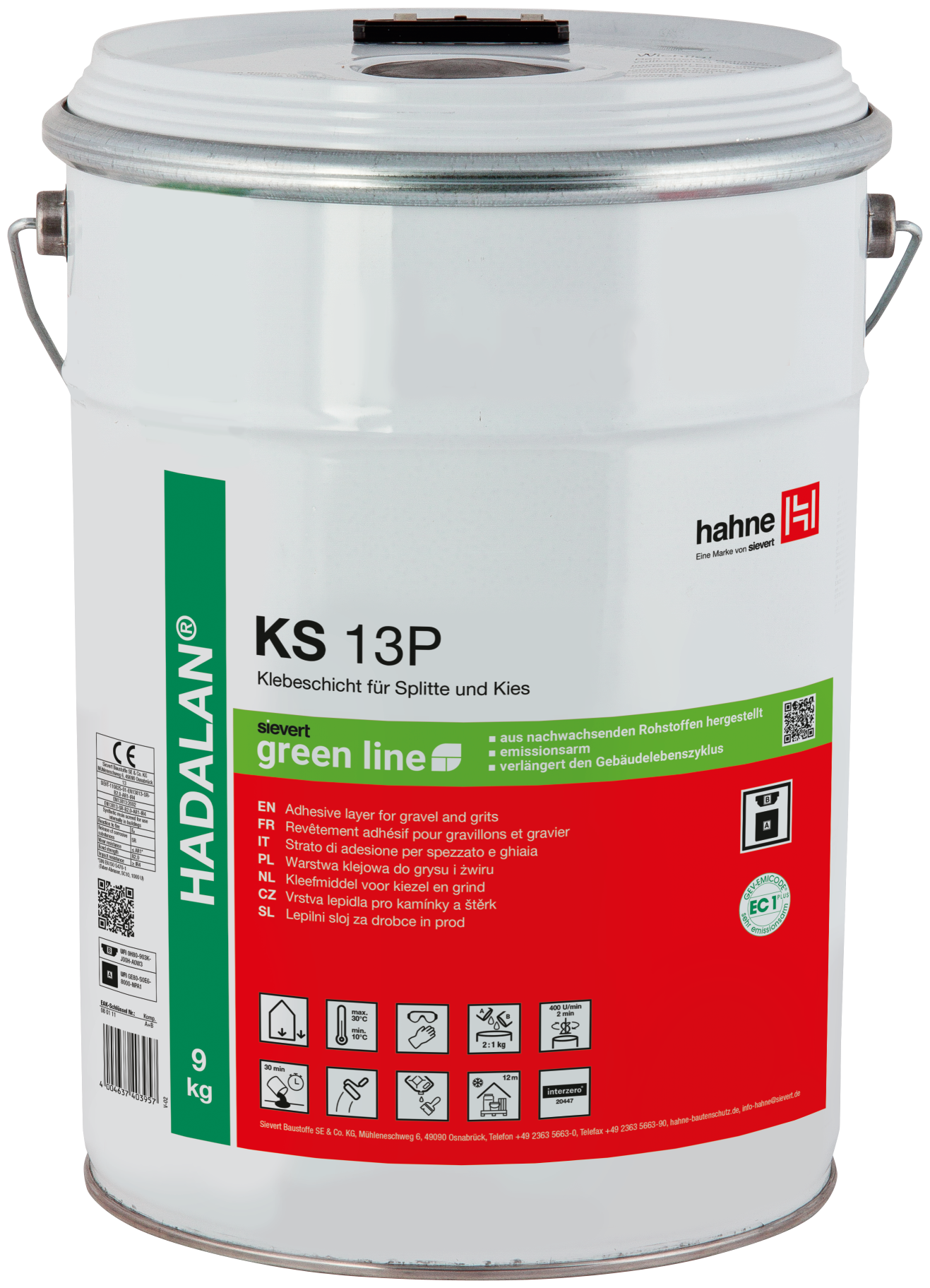
hahne HADALAN KS 13P
Bucket
Adhesive layer for chippings and gravel
- Made from renewable raw materials
- Low-emission
- Extends the building life cycle

hahne PROLASTIC 55Z
Bucket
Flexible, polymer-modified thick coating for waterproofing buildings
- Low emission
- Extends the building life cycle
- Contains recycled raw materials
Do you have questions about product systems and applications?
With our technical expertise, we are happy to support you in the planning and execution of your building project. Our technical advisors are available to answer your questions: Monday to Thursday 8 a.m. - 5 p.m., Friday until 4 p.m., under the telephone number (+49) 0541 601 601
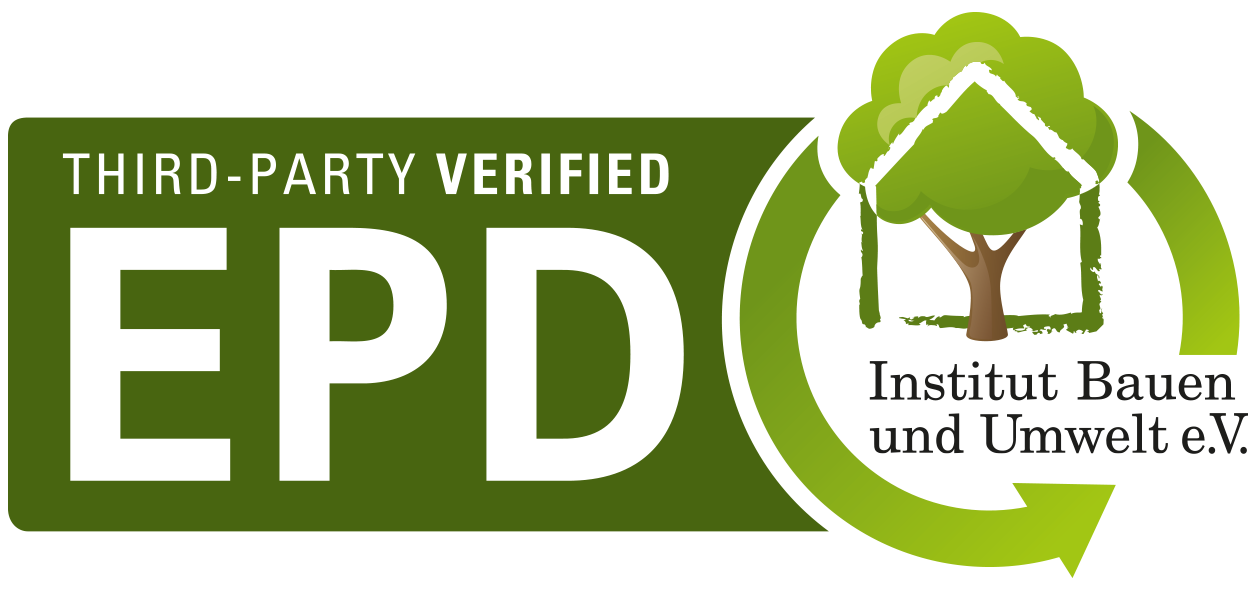
Further information on Environmental Product Declarations (EPDs)
The abbreviation EPD is derived from the English term Environmental Product Declaration and is usually translated into German as Umwelt-Produktdeklaration.
An EPD is a document in which the environmentally relevant properties of a specific product are presented in the form of neutral and objective data. This data covers as far as possible all the effects that the product can have on its environment. Ideally, the entire life cycle of the product is taken into account.
In the building industry, EPDs form an essential basis for professionals such as architects and planners to be able to plan and evaluate buildings holistically. (Source: Institut für Bauen und Umwelt e. V.)
Further information on the DGNB
Sievert has been a member of the DGNB since 12/2022, Europe's largest network for sustainable construction with around 2,000 member organisations covering the entire value chain of the construction and real estate industry.
The content of the DGNB is based on a holistic understanding of sustainability that includes ecological, economic and socio-cultural issues. It is therefore equally concerned with the environment, economic efficiency and people.
The DGNB promotes sustainable building in many ways, e.g. through certification, the DGNB Academy, the DGNB Navigator and activities in the field of research & development.
The DGNB Navigator helps architects and planners to find products online that meet their sustainability requirements. We now have 55 of our products listed on this online platform with all relevant information on their sustainability qualities.
The certifications issued by the DGNB for buildings and neighbourhoods are decisive in determining whether a building project is eligible for funding.
(Source: DNGB)
